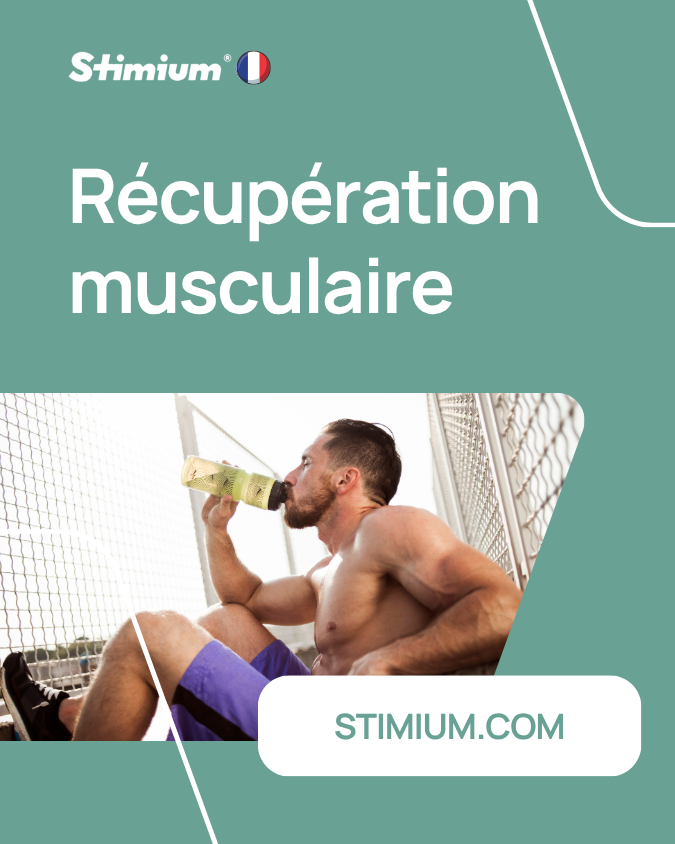Rugby Physical Preparation
We saw it in our file: physical preparation is a must for team sports . Rugby is no exception to this rule. Frédéric Renotte , professor in exercise physiology at the Haute École Condorcet and doctoral student at the University in sports psychology in Mons (Belgium), explains why and details the particularities of good physical preparation for rugby players.
The particularities of the physical preparation of rugby players
From a physical point of view, rugby is a somewhat atypical sport when compared to other team disciplines. First because there are more downtimes there . But also because it is a sport where the fat Templates are particularly appreciated, even at the highest level.
World rugby statistics tend to prove it, players are getting bigger and bigger, heavier and heavier, going faster and faster (number of high-intensity sprints per match) and running longer and longer, bringing together therefore exceptional physical qualities. However, exceptions still exist, fortunately, with "small" sizes at the level of scrum-halves or wingers, sometimes 1m75 tall, who will rub shoulders on the field with the 2nd line, jumpers in touch, peaking at more than 2 meters ! Coaching has also become a constant, with the first changes, often at the forward level, from the 50th minute.
“Whatever the level, among young people or in the World Cup, there are always 4 or 5 physical monsters per team. Players who sometimes weigh 120-130 kilos, a clever mix of fat and muscle, explains Frédéric Renotte. They are the pillars of this sport, boys on whom, as their name suggests, their teammates can rely. These guys, or these “fat people”, we must offer them differentiated training with sessions adapted to each position, because we cannot make them lose too many kilos. They need it to excel in their field. You must also be careful to strengthen their muscular chain through specific dedicated exercises, their shoulders in particular, because the contacts are numerous and sometimes violent, always above the belt, as well as the 2 main muscles of the neck, the muscle sternocleidomastoid and the trapezius muscle »
Rugby: the physical trainer’s puzzle
To do this, it is essential to work on the sheathing , but also to treat falls , with a view to preventing injuries, as in judo. There is therefore constant muscle strengthening to be expected, even for the biggest players. Whey Stimium® [C] Whey , Stimium® Iso Hwy or Stimium® VegPro are products regularly consumed by Top 14 and Pro D2 clubs. to maintain a good protein intake sustainably during the training phase.
Every year, too many rugby players find themselves quadriplegic: we must therefore try to put in place a whole arsenal of defense procedures in order to avoid this type of incident.
For a physical trainer, a real headache begins. Between a heavy pillar that we must if possible try to make... not too slow, and a winger who must be lively and agile, it is important to intelligently dose the preparatory efforts , while trying to preserve this team spirit which is particularly important in the values of the oval. Over the same training session duration, the coaches (because in rugby we have forward, back, defense, attack, etc. coaches) and physical trainers must therefore alternately work on the VMA test, explosiveness, endurance, muscle strengthening, technical exercises...with an intensity to be evaluated according to the positions.
“The weight of the pillar is an asset that it must take advantage of”
“Indeed, that is the difficulty of this physically demanding sport but where the values of mutual assistance and respect for others are undoubtedly even more essential than elsewhere. As everywhere, for each player, it is necessary work on the background first for two weeks, but with big disparities depending on the positions . The specificity of the wingers' position has nothing to do with that of the pillars. It's totally different. The pillar is much less mobile , so it has a static force. He must also have substance, of course, but at his level. His weight is a physical quality , it must be an asset that he must take advantage of. No point trying to make him lose twenty kilos, that would weaken him in his specific role. Secondly, you have to make him work on power and strength. This is why we sometimes see the substitutes cycling instead of running along the pitch like a footballer. The power equation is simple: it's force times speed. The pillar lives up to its name. He is the pillar of the team, like in basketball. He must therefore work on both static force and moving force . We're not going to ask him to sprint. You have to work on speed, but you have to know that it is a natural physical quality. If you're slow to begin with, you'll die slow. If you are born fast, you will die fast. ". On strength, the Pro D2 teams regularly ask us for creatine, either in Pwr powder ( Pwr Creatine ) or in tablets ( Pwr Creatine Tabs ).
In the Top 14, the preparers ask us a lot during the preparation periods to order Stimium® PreWorkOut Max to improve resistance to exercise and prepare the organisms for muscle strengthening loads, when we can be for a duration of 2 to 4 hours daily (morning and afternoon). A simple exercise of climbing the stairs of the stand with varying intensities can be a formidable exercise in power endurance, and some players came back to us really satisfied after 3 weeks, to see real progress.
Work on speed with intervals
How can we effectively work on power, which is important in duels, contacts and scrums?
“There are many ways to achieve this, continues Frédéric Renotte. By pulling and pushing tires for example, but also using machines that have been specially created for this sport. Working in sand corridors, where the support is less good, or with weights and dumbbells can also be interesting for this purpose. »
To work on these aspects with precision, you have to know how many watts you are pushing, try to improve this data by also strengthening the base on the ground.
For frailer and faster players, we will emphasize interval work . Because we are generally talking about players who make the difference through their running speed, their acceleration, their changes of direction on the move, their ability to destabilize opposing defenders.
Finally, physical preparation in rugby must also provide specific muscular work for players called upon to play regularly on foot . We are thinking in particular of the fly-halves, the backs, and especially the players responsible for taking penalties and converting tries with a clear objective of strengthening the quadriceps in particular.
Concerning recovery, several professional Top 14 and Pro D2 clubs use Stimium® Iso Carb , initially developed for a top European football club but which also lends itself very well to rugby, to replenish these sources of glycogen and proteins, as well as 'during the recovery period, Stimium® Mc3 or Stimium® Mc3 powder widely used by rugby players and recommended by club doctors and nutritionists to reduce the risk of cramps, and to combat muscle fatigue, linked to the match, but also the stress of competition, travel, etc. More traditionally, Stimium® Rgn3 Reload or Stimium® Rgn3 Clean-Up isotonic drinks to replenish vitamins and minerals after exercise are in high demand by clubs, particularly for the recovery that is starting often on buses, trains or planes that take them home after traveling.







